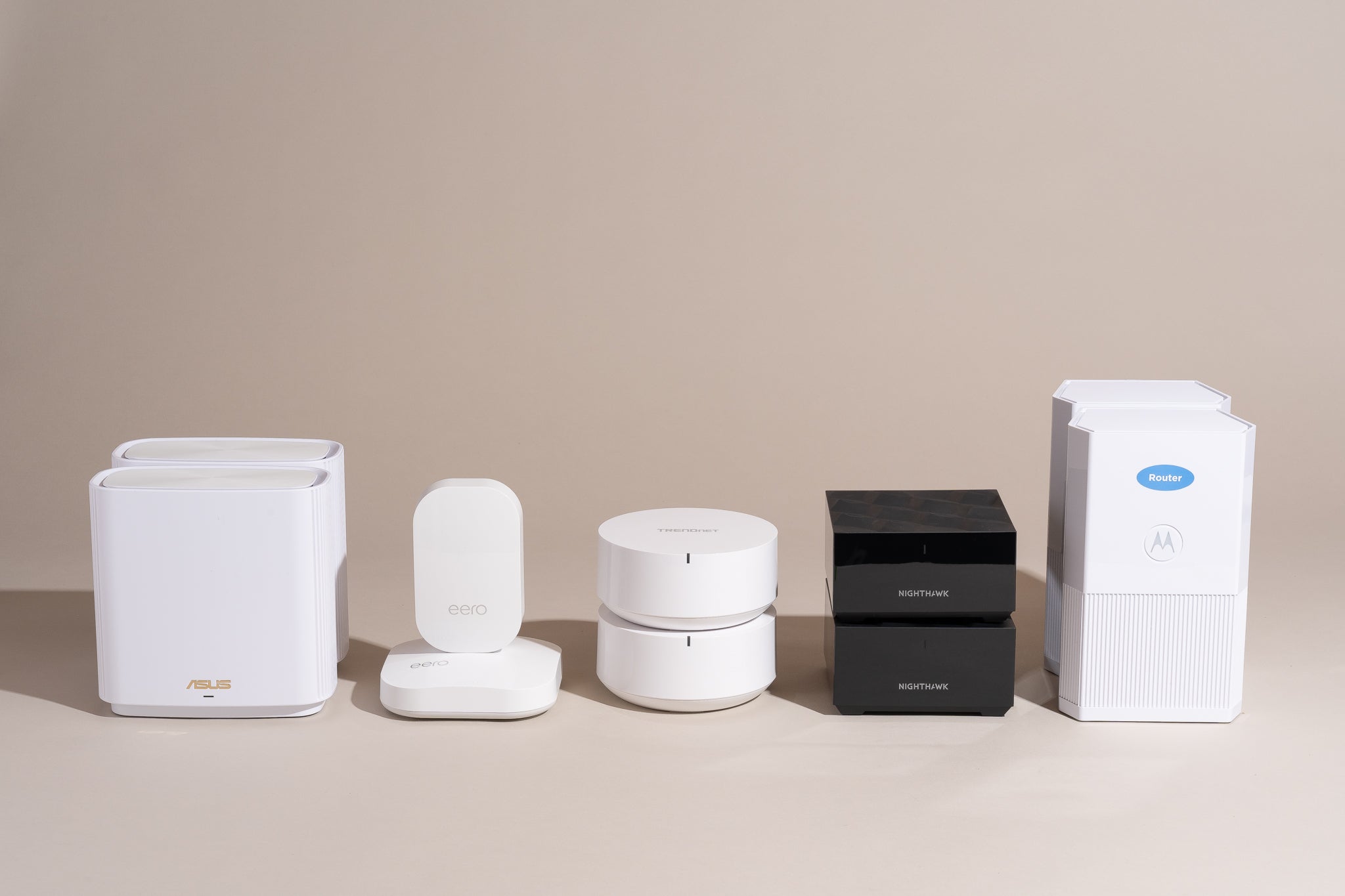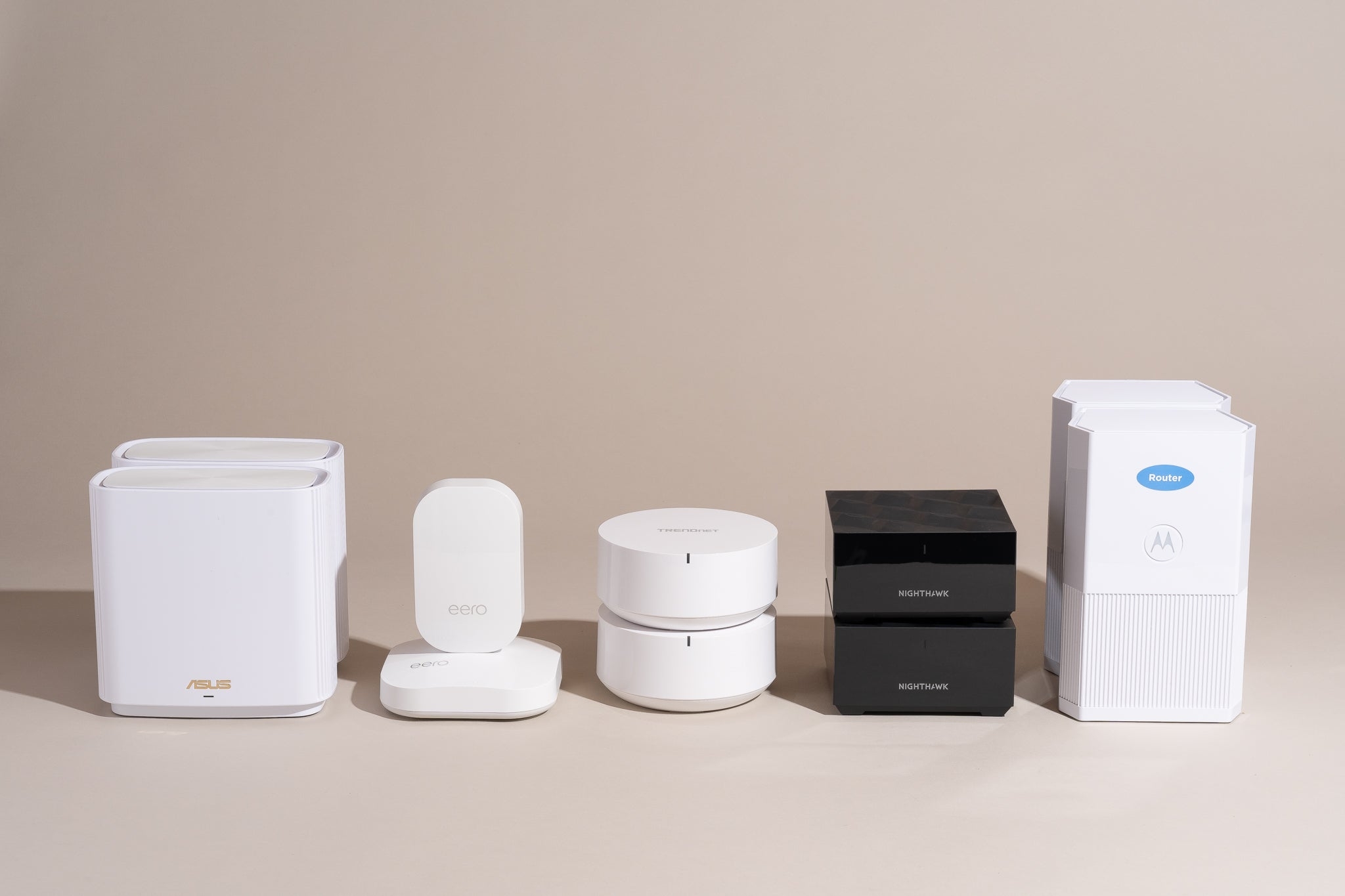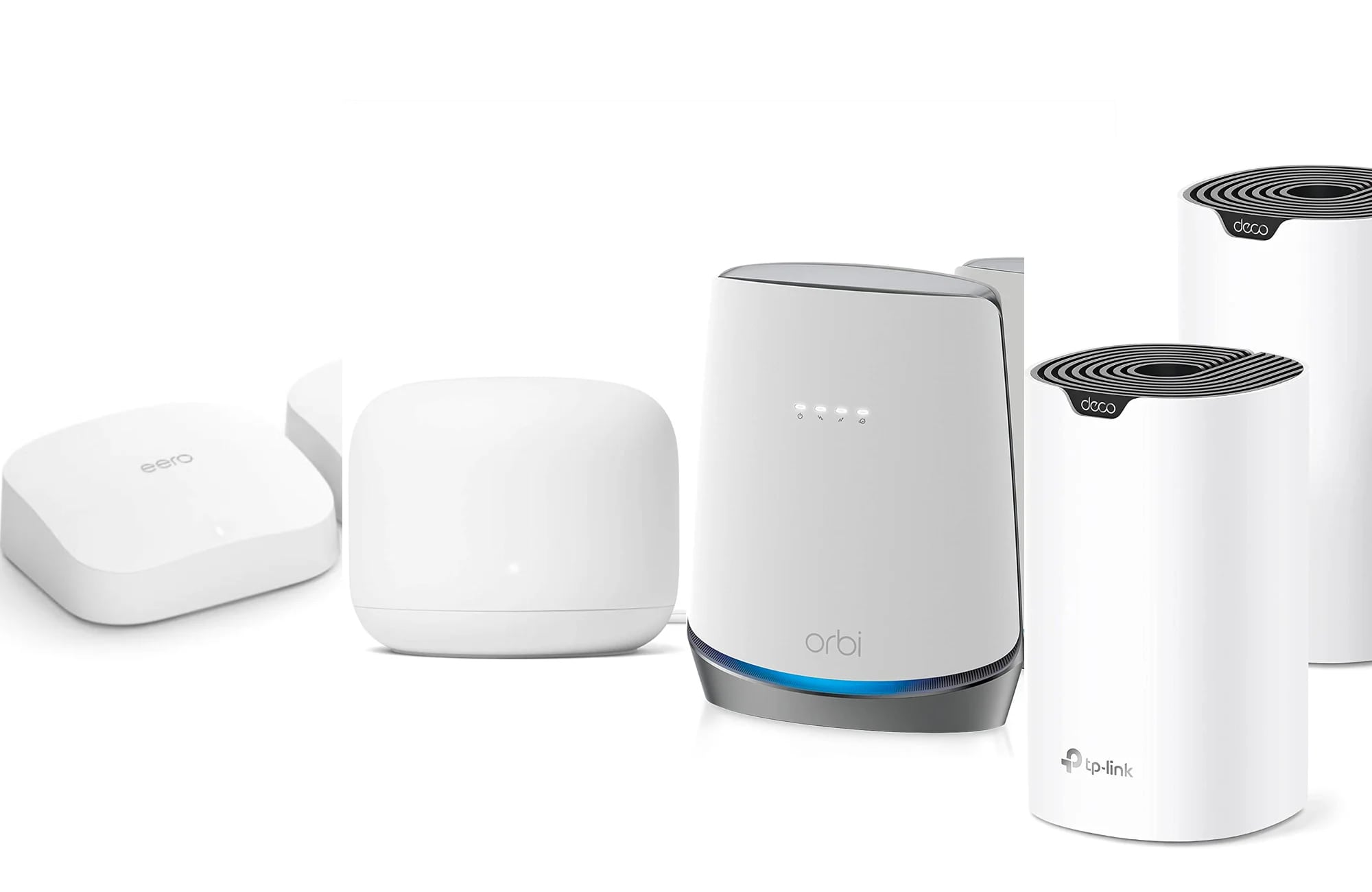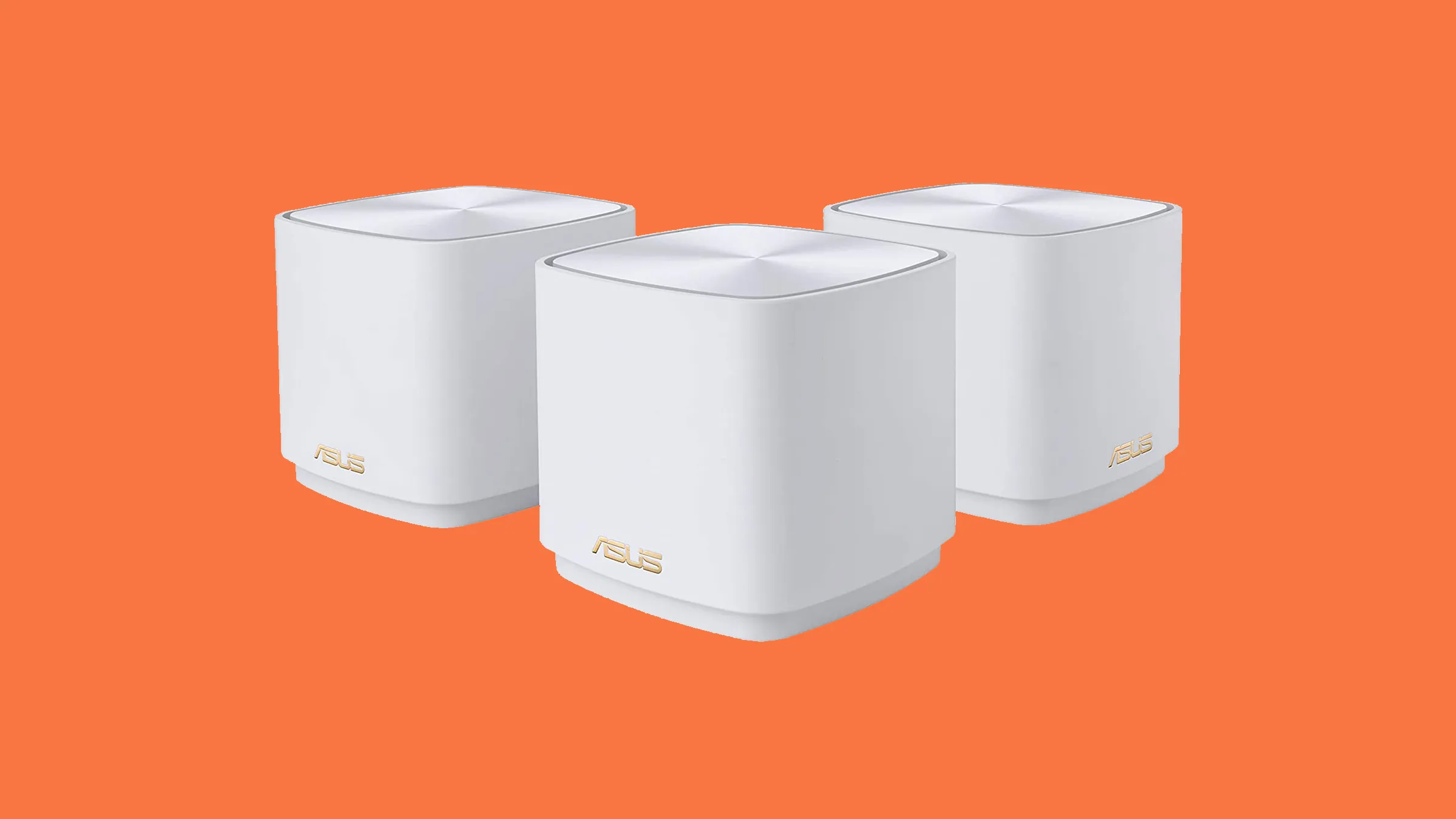Coverage
When considering a mesh Wi-Fi system, coverage is a critical factor to examine. The system’s ability to provide a strong and reliable signal throughout your home or office space is essential for seamless connectivity. Here are the key aspects to focus on when evaluating coverage:
- Area Coverage: Assess the square footage that the mesh Wi-Fi system can effectively cover. It’s crucial to choose a system that can accommodate the size of your living or working space without dead zones or signal degradation in distant areas.
- Number of Nodes: The number of nodes or access points included in the mesh system directly impacts its coverage capabilities. More nodes typically result in broader coverage, especially in larger or multi-story buildings.
- Signal Penetration: Evaluate how well the system’s signals penetrate through walls, floors, and other obstacles. A robust mesh Wi-Fi system should maintain a strong signal even in challenging environments, ensuring consistent coverage throughout the premises.
By prioritizing coverage, you can ensure that your chosen mesh Wi-Fi system delivers a reliable and consistent signal strength across all areas, promoting uninterrupted connectivity for your devices.
Speed
When selecting a mesh Wi-Fi system, speed is a crucial factor that directly impacts the performance of your network. Here are the key considerations to keep in mind when assessing speed:
- Bandwidth: The system’s bandwidth capacity determines the maximum speed at which data can be transferred. Higher bandwidth allows for faster internet speeds, making it essential for activities such as streaming, online gaming, and large file downloads.
- Wireless Standards: Consider the wireless standards supported by the mesh Wi-Fi system, such as 802.11ac or the latest 802.11ax (Wi-Fi 6). Newer standards often offer improved speed and efficiency, providing a better overall network experience.
- Multiple Devices: Evaluate how well the system handles multiple connected devices simultaneously. A robust mesh Wi-Fi system should maintain high-speed performance even when numerous devices are active on the network, ensuring smooth and responsive connectivity for all users.
- Speed Testing: Prior to making a purchase, review independent speed tests and user feedback to gauge the real-world performance of the mesh Wi-Fi system. This can provide valuable insights into its speed capabilities under various usage scenarios.
By prioritizing speed, you can ensure that your chosen mesh Wi-Fi system delivers the necessary bandwidth and performance to support your digital activities, resulting in a seamless and responsive online experience.
Ease of Setup
When investing in a mesh Wi-Fi system, the ease of setup plays a pivotal role in ensuring a smooth and hassle-free installation process. Here are the key factors to consider when evaluating the system’s setup convenience:
- Guided Installation: Look for a system that offers guided and user-friendly installation procedures. Clear, step-by-step instructions, accompanied by intuitive mobile apps or web interfaces, can significantly simplify the setup process, even for individuals with minimal technical expertise.
- Mesh Network Configuration: Assess how easily the mesh network can be configured and expanded. A system that automatically detects and connects additional nodes, eliminating the need for complex manual configurations, enhances the overall setup experience.
- Mobile App Integration: Consider whether the system provides a dedicated mobile app that streamlines the setup and management of the mesh Wi-Fi network. An intuitive app with setup wizards and troubleshooting guides can expedite the initial configuration and ongoing maintenance of the system.
- Compatibility: Ensure that the mesh Wi-Fi system is compatible with your existing modem or router, as well as with various internet service providers. Seamless integration and compatibility minimize setup complexities and reduce the likelihood of compatibility issues.
By prioritizing ease of setup, you can streamline the deployment of your chosen mesh Wi-Fi system, minimizing the time and effort required for installation and configuration, and ensuring a user-friendly experience for all users.
Security Features
When selecting a mesh Wi-Fi system, prioritizing robust security features is essential to safeguard your network and connected devices from potential threats. Here are the key security aspects to focus on when assessing a system’s security capabilities:
- Encryption Protocols: Evaluate the encryption protocols supported by the mesh Wi-Fi system, such as WPA2, WPA3, or the latest security standards. Strong encryption ensures that data transmitted over the network remains secure and protected from unauthorized access.
- Network Segmentation: Consider whether the system supports network segmentation, allowing you to create separate guest networks or isolated IoT (Internet of Things) devices. This helps prevent unauthorized access to sensitive data and enhances overall network security.
- Threat Detection and Prevention: Look for systems that incorporate advanced threat detection mechanisms, such as intrusion detection systems (IDS) and intrusion prevention systems (IPS), to proactively identify and mitigate potential security breaches.
- Regular Firmware Updates: Assess whether the manufacturer provides regular firmware updates to address security vulnerabilities and enhance the system’s resilience against emerging threats. Up-to-date firmware is crucial for maintaining a secure network environment.
By prioritizing security features, you can fortify your network against cyber threats and ensure the confidentiality and integrity of your data, providing peace of mind for both residential and business users.
Scalability
Scalability is a crucial consideration when evaluating a mesh Wi-Fi system, especially for individuals and businesses with evolving connectivity needs. Here are the key factors to assess when examining the scalability of a mesh Wi-Fi system:
- Node Additions: Consider how easily additional nodes can be integrated into the existing mesh network. A scalable system should allow for seamless expansion, enabling users to augment coverage and enhance network capacity as their requirements grow.
- Performance Consistency: Evaluate the system’s ability to maintain consistent performance as nodes are added. A well-designed mesh Wi-Fi system should dynamically adapt to new nodes, ensuring that existing and newly added access points work together harmoniously without compromising network stability.
- Management Capabilities: Look for systems that offer robust management features for scaled deployments. Centralized management interfaces, remote configuration, and monitoring tools empower users to efficiently oversee and optimize large-scale mesh networks.
- Interoperability: Assess the interoperability of the mesh Wi-Fi system with other networking components and devices. Compatibility with a wide range of network infrastructure and smart devices enhances the system’s scalability, allowing for seamless integration into diverse environments.
By prioritizing scalability, you can future-proof your network infrastructure, ensuring that your chosen mesh Wi-Fi system can adapt to expanding connectivity needs, support growing user demands, and accommodate technological advancements without requiring a complete overhaul of the network architecture.
Compatibility with Smart Devices
As the prevalence of smart home and IoT (Internet of Things) devices continues to rise, ensuring compatibility with these interconnected technologies is paramount when selecting a mesh Wi-Fi system. Here are the key considerations to keep in mind regarding compatibility with smart devices:
- IoT Integration: Evaluate the system’s ability to seamlessly integrate with a diverse array of smart home devices, such as thermostats, security cameras, smart assistants, and connected appliances. A compatible mesh Wi-Fi system enhances the reliability and performance of these interconnected devices.
- Wireless Protocols: Consider the support for various wireless protocols utilized by smart devices, such as Zigbee, Z-Wave, Bluetooth, and others. A mesh Wi-Fi system that accommodates multiple wireless standards ensures broad compatibility with a wide range of smart home products.
- Bandwidth Allocation: Assess the system’s capability to prioritize bandwidth allocation for smart devices, ensuring optimal connectivity and responsiveness for IoT gadgets that rely on consistent network access, such as security cameras and smart sensors.
- Mobile App Integration: Look for systems that offer dedicated mobile apps with built-in support for managing and configuring smart devices. An intuitive app interface simplifies the setup and control of interconnected IoT products within the network.
By prioritizing compatibility with smart devices, you can create a cohesive and interconnected smart home environment, where your mesh Wi-Fi system serves as a reliable backbone for seamless communication and operation of diverse IoT devices, enriching the overall connected living experience.

























